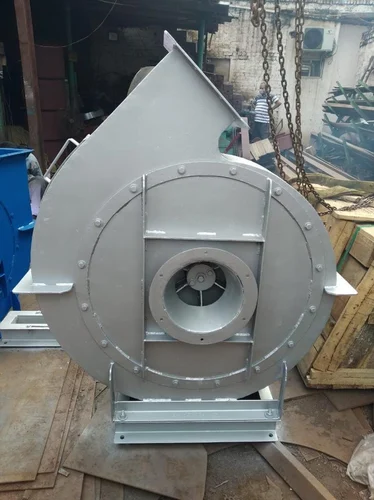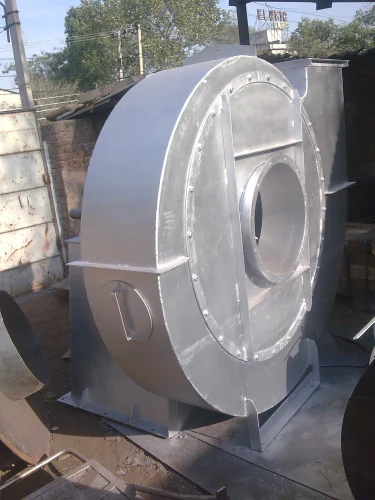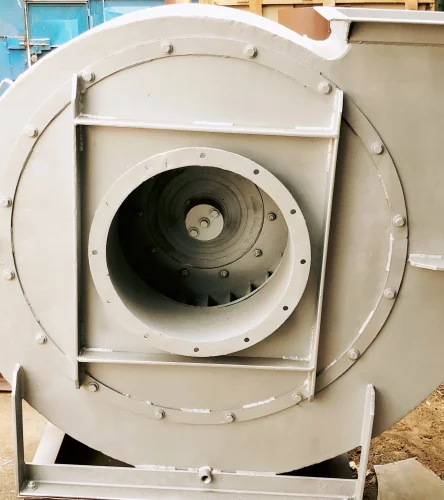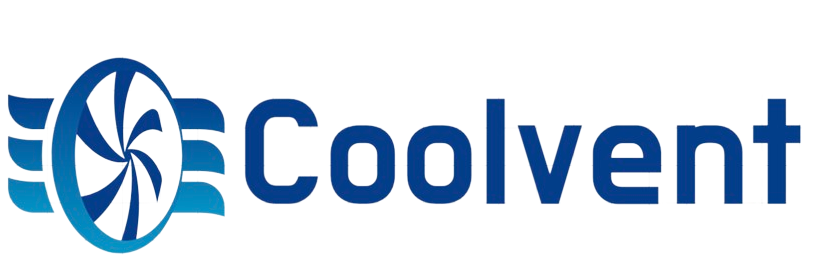Belt Driven Blowers
Home / Products / Centrifugal Blower Manufacturers / Belt Driven Blowers
Belt Driven Blowers Manufacturer



Belt-driven blowers are a type of air-moving equipment commonly used in various industrial and commercial applications. Here’s how they work and where they are typically used:
How They Work
- Power generation
- Oil and Gas
- Chemical Processing
Advantages
- Power Source: Belt-driven blowers are powered by an electric motor.
- Belt System: The motor drives a belt system, which in turn drives the blower's fan or impeller.
- Air Movement: As the impeller rotates, it draws air into the blower housing and then expels it outward, creating airflow.
Applications
- HVAC Systems: Belt-driven blowers are commonly used in heating, ventilation, and air conditioning (HVAC) systems for both residential and commercial buildings.
- Industrial Ventilation: They are employed in industrial settings for ventilation, fume extraction, and air circulation.
- Drying Processes: In manufacturing processes where drying is required, such as in paper mills or food processing plants, belt-driven blowers can be used to circulate hot air.
- Agriculture: In agriculture, they are used for various purposes including grain drying, greenhouse ventilation, and livestock cooling.
Considerations
- Efficiency: While belt-driven blowers offer flexibility, they may be less efficient compared to direct-drive blowers due to energy losses in the belt system.
- Maintenance: While they generally require less maintenance compared to direct-drive blowers, the belts may need periodic adjustment or replacement.
